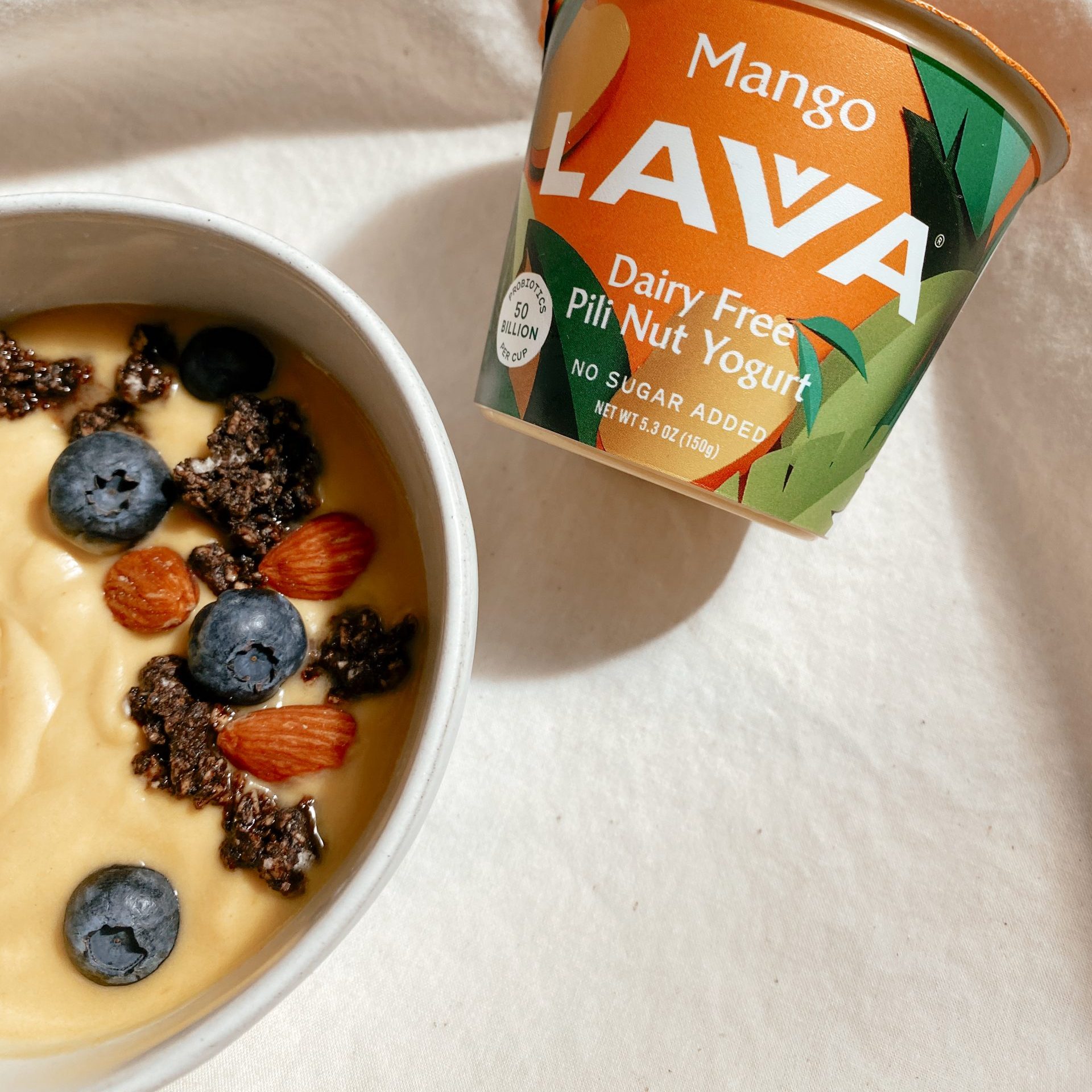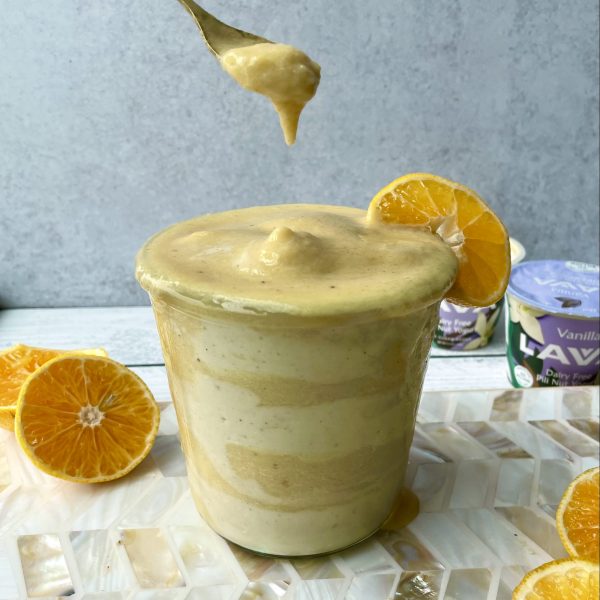Glance at a food label, and there’s a good chance you’ll see the words “natural flavors” in the ingredients list. But what exactly are natural flavors, and are they really as unprocessed as they’re made to sound? Lavva’s contributing registered dietitian Anthea Levi, MS, RD, breaks down the basics of natural flavors, including what they are and how they’re made.
What Are Natural Flavors?
According to the Food and Drug Administration (FDA), natural flavors are derived from natural sources like spices, fruits, vegetables, plants, meats, herbs, roots, and eggs, among (many) others. Those derivative products can include essential oils, distillates, resins, and more. Artificial flavors, on the other hand, are synthetic and typically consist of lab-made chemicals considered GRAS (or, “generally recognized as safe”).
Interestingly, the source of the flavor (i.e. natural versus artificial) makes little difference in terms of its safety, and artificial flavors are sometimes subject to even stricter testing than their natural counterparts, according to the Environmental Working Group (EWG).
The Downsides of Natural Flavors
While natural flavors are technically derived from nature, they’re often significantly manipulated and processed so that they don’t remotely resemble their original forms. Below are a few more drawbacks to natural flavors.
- Regulations Around Natural Flavors Are Lax
Natural flavors added to non-organic foods are subject to lax regulations. In fact, these flavors can actually contain synthetic ingredients like preservatives thanks to loopholes in the FDA’s guidelines. So despite being derived from a whole food (i.e. animal or plant source), “natural” flavors can contain some unnatural chemical components.
- Natural Flavors May Contain Unlisted Allergens
Companies that create natural flavors are not required to list the ingredients used in their products. This can pose problems for individuals who are allergic to foods outside of the top eight allergens (which must be noted by manufacturers and include soy, peanuts, tree nuts, shellfish, milk, wheat, eggs, and fish). Less common allergens included in natural flavors, however, aren’t required to be listed on food packages.
- Natural Flavors Can Come From…Scary Places
The FDA counts some pretty…interesting substances as acceptable sources of natural flavors. Take castoreum, for example. The ingredient, which is quite literally secreted from glands that sit next to a beaver’s anus (yep, you read that right), has been used in vanilla flavorings for over 80 years, per research published in the Internal Journal of Toxicology. So there’s that.
Healthy Flavor Alternatives
Ok, now for some good news. While the chemicals added to “natural” flavors could potentially be toxic in high doses, the amounts added to our food are quite low and likely don’t pose major health risks, per the EWG.
Of course, natural flavors are only added to processed foods, which we want to minimize in our diet anyway. Consider the grey area around natural flavors another reason to emphasize whole foods and cook more of your own meals using real ingredients. Fresh chopped herbs like mint or cilantro, a solid squeeze of lemon or lime juice, or natural vanilla bean are all high-quality flavor enhancers that aren’t made from mystery additives.
Also nice: organic foods tend to have more heavily regulated natural flavors, so the natural flavors added to eats like organic chips or ice cream cannot contain synthetic additives or preservatives.
The Bottom Line
Real talk: completely cutting natural flavors from your diet isn’t realistic. Since the majority of packaged products contain some form of natural flavors, avoiding them all together isn’t doable for most of us.
Instead, aim to minimize your consumption of processed foods. After all, foods that don’t come with ingredients lists — think: fresh fruits, veggies, nuts, seeds, and whole grains — won’t have natural flavors added.
And when you are buying packaged items, look for unique brands like Lavva that don’t use any natural flavors, gums, or fillers, but instead rely on nourishing whole food ingredients like plantains, coconut, and pili nuts for their fabulous flavor.






